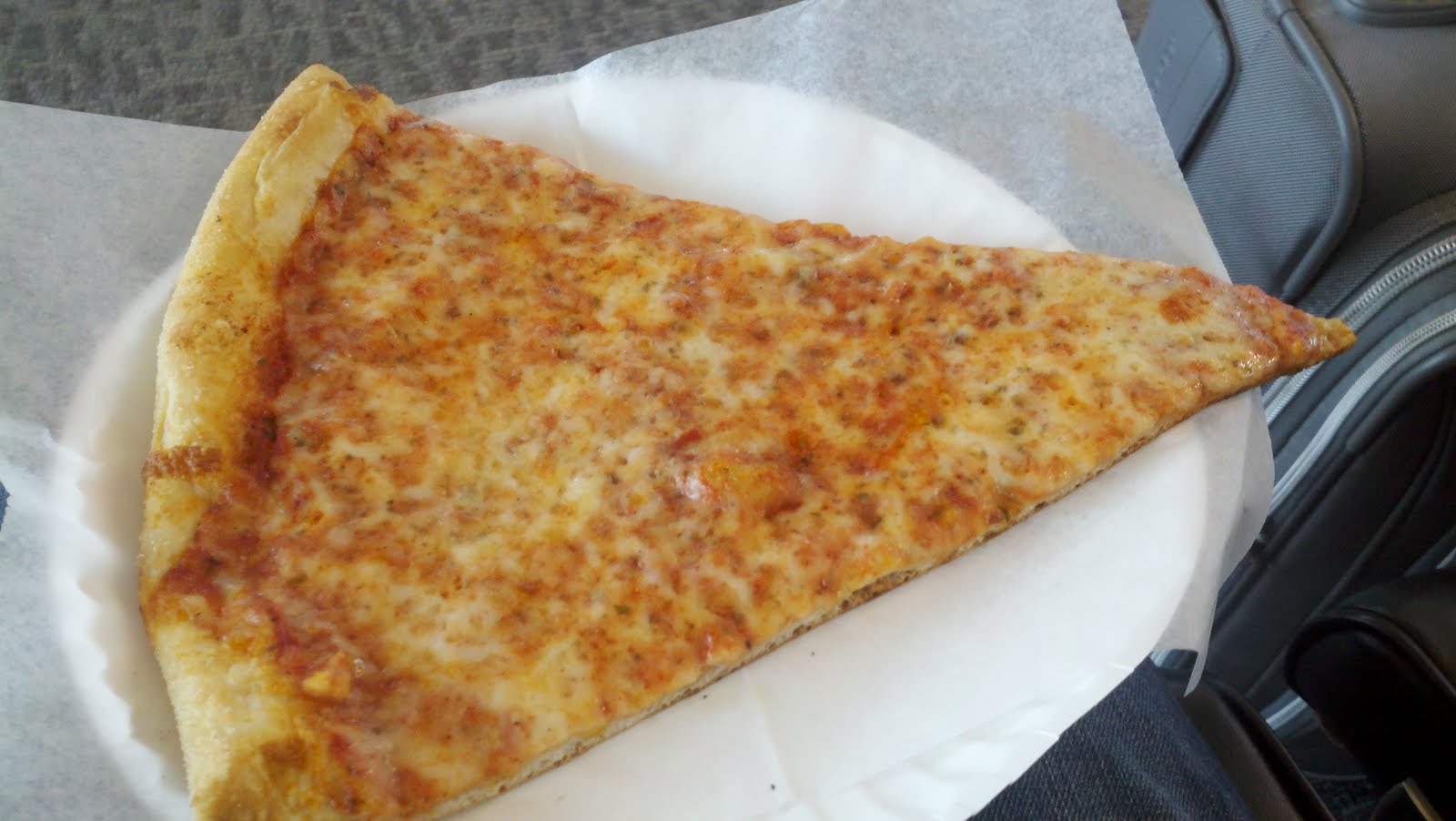

Stokely Carmichael spoke at Garfield High School, and shortly after that the Black Panthers formed. In the 1960s, the Central District became a pillar of the civil rights movement. Some of the houses built at the turn of the century have been designated landmarks by the city of Seattle, but many of the buildings on these four square miles of land are rundown or abandoned and housing prices here are generally the lowest in the region. In the 1920s, it was an affluent community, and many houses were built. Pioneers used to slide logs to Henry Yesler’s sawmill down "skid road," now Yesler Way.

The area was developed for housing in the mid-1800s because of its proximity to the Central Business District. It’s a narrow strip cutting through the middle of Seattle, bounded by East Madison Street on the north, Jackson Street on the south, 12th Avenue on the west and Martin Luther King Jr. The Central District is Seattle’s oldest residential area. It is home to a number of attractions, including Volunteer Park, the Seattle Asian Art Museum, Seattle Central Community College, Cornish College for the Arts and the Richard Hugo House. The neighborhood is bounded by Fuhrman Avenue East on the north, Interstate 5 on the west, East Pike Street on the south and 24th Avenue East. Seattle University is on First Hill, but many of its students, faculty and staff work and play on Capitol Hill. The area is also considered the center of Seattle's gay community, and it holds an annual Gay Pride week celebration.ĭuring the academic year, Capitol Hill is filled with backpacking students who go to one of the nearby major institutions of higher learning - Seattle Central Community College and the nationally acclaimed Cornish College of the Arts. And Broadway still offers a cornucopia of restaurants serving worldly fare at affordable prices. Secular attractions such as shopping and entertainment remain big reasons non-residents of Capitol Hill wind up on the hill. Joseph's was one of the most heavily Catholic neighborhoods north of San Francisco and west of St. Joseph's Church is also prominent in the historically Catholic neighborhood. Mark's Cathedral, the largest congregation for Episcopalians in the Pacific Northwest. The Capitol Hill community is also a hub for religion. In the 1970s, that gave way to "restaurant row." And in the 1990s, the street was characterized by the emergence of more chains. So it's not entirely a surprise that Capitol Hill is where Seattleites send out-of-towners who seek an interesting place to visit.ĭuring the 1960s, Broadway was informally known as "decorator's row" because of the stores that thrived there at the time.
SLEEPLESS IN SEATTLE DIM SUM SCENE MOVIE
The street has been featured in Hollywood's "Singles," where angst-ridden twentysomethings fall in - and out - of movie love, and rap artist Sir Mix-A-Lot immortalized its nightlife in his song about a "posse on Broadway." Broadway is best known for its assortment of radical shops and tattoo parlors. Today the neighborhood is a thriving urban center, and Broadway - the neighborhood's main drag - serves as its focal point. Wealthy bankers, shipping executives and other newly rich called it home. Whichever the case, by 1908 Capitol Hill and adjacent First Hill had become Seattle's most fashionable districts. But others say the name stuck after a real estate firm offered space on the hill as part of a proposal to place the area's capital in Seattle. Moore, who was credited with the platting of the Capitol Hill area, named it after a similarly named site in Denver. Historians say realtor and land speculator James A. Empty storefronts dotted the bottoms of many new Belltown buildings, as the demand for retail space in the growing neighborhood cooled. In the second half of 2002, however, "for lease" signs went up on Belltown's newest apartment buildings.Īnd it's not just residential units that developers were struggling to unload. Upscale condos facing Elliott Bay stretch into the sky on First Avenue, and a few blocks east are artists' lofts.ĭuring the past decade, affluent professionals have flocked to the neighborhood, and restaurants and high-tech companies have followed. The Moore Theatre, a historic concert hall, was built on Second Avenue in 1907. The streets house some of the city's trendiest clubs and bars, including the Crocodile Cafe on Second Avenue. Nearly every form of downtown life can be found here, from high-tech professionals to panhandlers.

Its core is at Second Avenue and Bell Street. It is generally defined as the area bounded on the south by the central business district and stretching from Stewart Street to Mercer Street between First and Western avenues. This downtown Seattle neighborhood is nestled between the Space Needle and Pike Place Market.


 0 kommentar(er)
0 kommentar(er)
